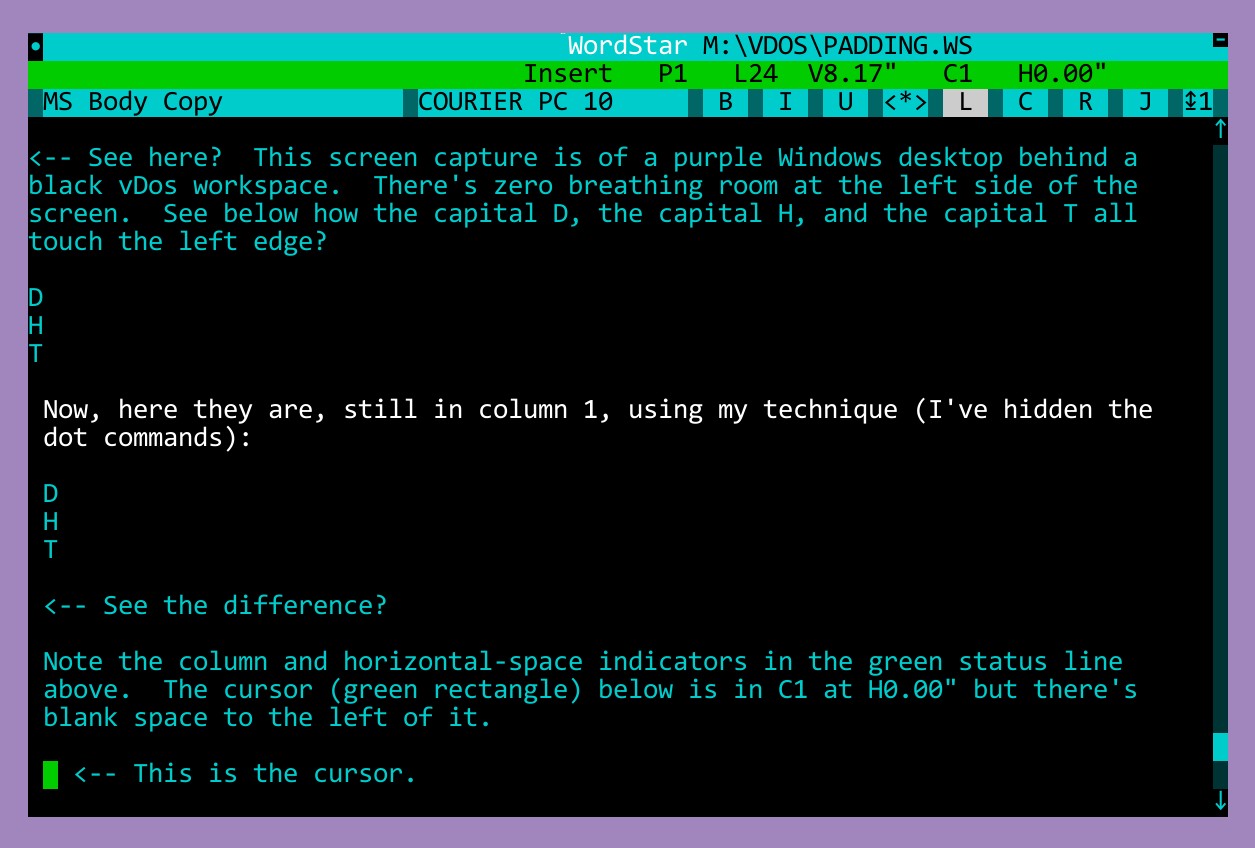
- WORDSTAR 7 FILES 4 ALL PORTABLE
- WORDSTAR 7 FILES 4 ALL SOFTWARE
- WORDSTAR 7 FILES 4 ALL CODE
- WORDSTAR 7 FILES 4 ALL PC
WORDSTAR 7 FILES 4 ALL CODE
MicroPro International restructured as WordStar International and rehired many of the WordStar programmers who had left the company during the WordStar 2000 diversion, and in October 1986 acquired the code for NewWord, a WordStar clone with extended capabilities, written principally by Peter Mierau at his company NewStar. WordPerfect, in particular, used the same key sequences as the popular Wang line of dedicated word processor computers, which made it popular with secretaries switching from those to PCs.
WORDSTAR 7 FILES 4 ALL PC
When IBM announced it was bringing to market a PC version called "DisplayWriter", MicroPro focused on creating a clone of it which they marketed as "WordStar 2000." Neither program was as successful as its developers had hoped, and the lack of attention MicroPro had paid to the original WordStar in the meantime, coupled with WordStar 2000's poor support for WordStar formats and keystrokes, had allowed competing products an opportunity to take over market share. Such machines were expensive and were generally accessed through terminals connected to central mainframe or midrange computers. There were many dedicated word processing machines at the time, but IBM's main competition was Wang Laboratories. But IBM dominated the "dedicated word processor" market with its " IBM DisplayWrite" application, which ran on machines dedicated to writing and editing documents.
WORDSTAR 7 FILES 4 ALL SOFTWARE
However, edited versions of a document were "Saved" only to this RAM disk, and had to be copied to physical magnetic media before rebooting.īy the mid-1980s WordStar was the most popular word processing software in the world. WordStar would still access the "disk" repeatedly, but the far faster access of the RAM drive compared to a floppy disk yielded a substantial speed improvement. Users quickly learned they could make this version of WordStar run dramatically faster by using the ability of DOS to create a "RAM disk" in memory, and copy the WordStar program files into it. The first DOS version was a direct port of the CP/M version, and therefore only used 64K of RAM even though DOS supported up to 640K.

WordStar's ability to use a "non-document" mode to create text files without formatting made it popular among programmers for writing code. The DOS version was very similar to the original, and although the IBM PC featured arrow keys and separate function keys, the traditional "WordStar diamond" and other Ctrl-key functions were retained, leading to rapid adoption by former CP/M users. The 3.0 version of WordStar for DOS was released in April 1982. Release 4, the final CP/M compatible version, was sold with 5¼" floppy disk as a default, and an 8" version as an option.

Notably, WordStar was the last commercial word processor supporting the CP/M operating system.
WORDSTAR 7 FILES 4 ALL PORTABLE
In 1981 WordStar version 2.26 was bundled with the Osborne 1 portable computer. It was the most feature-rich and easy-to-use word processor available for this operating system, and became a de facto standard.

WordStar was originally developed for CP/M in 1978.

Rubinstein was the principal owner of the company, Rob Barnaby was the sole author of the early versions of the program starting with WordStar 4.0, the program was built on new code written principally by Peter Mierau. WordStar was a word processor application, published by MicroPro, originally written for the CP/M operating system but later ported to DOS, that enjoyed a dominant market share during the early to mid-1980s.


 0 kommentar(er)
0 kommentar(er)
